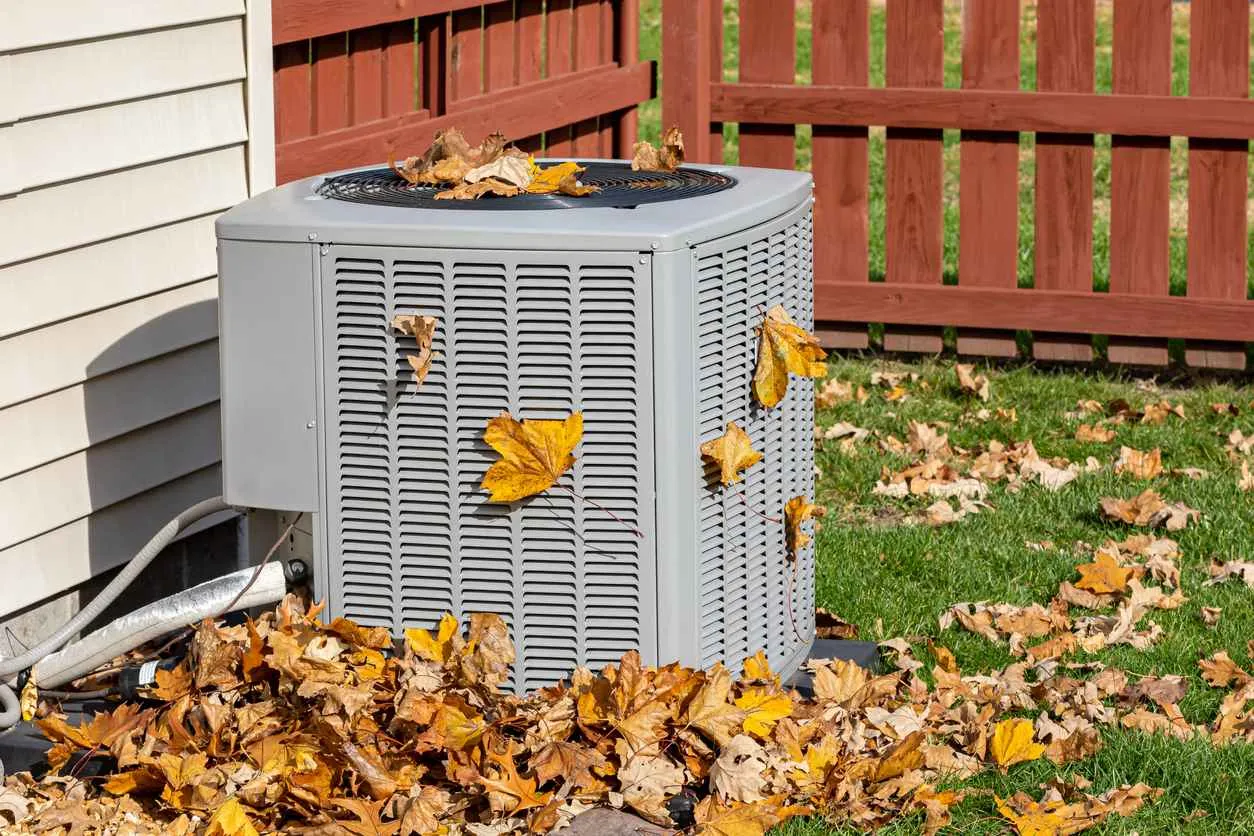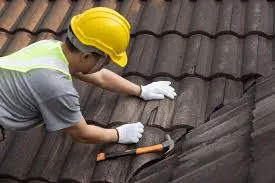Preparing your HVAC system for the upcoming temperature changes is crucial for maintaining a comfortable home as the seasons shift. Whether it’s the cold chill of winter or the heat of summer, ensuring your heating and cooling system is ready to handle the extremes will improve comfort and help reduce energy consumption. During these transitions, routine maintenance and adjustments from HVAC contractors are key to keeping the system running smoothly and efficiently. We will explore practical steps homeowners can take to prepare their HVAC system for seasonal changes, ensuring reliable performance and long-term efficiency.
Steps to prepare HVAC system for seasonal changes
- Inspect and Replace Air Filters
One of the most important steps in preparing your HVAC system for a seasonal transition is inspecting and replacing air filters. Clean air filters are essential for maintaining indoor air quality and ensuring your system operates efficiently. Over time, filters accumulate dust, dirt, and debris, which can restrict airflow and cause the system to work harder than necessary. This added strain on the system can lead to higher energy bills and even potential breakdowns. Checking and replacing the filters at the start of every new season is a simple yet effective way to prevent these issues. Not only will it help improve the system’s efficiency, but it will also promote cleaner, healthier air for your household.
- Schedule a Professional Inspection
Before the temperatures change dramatically, it’s a good idea to schedule a professional inspection of your HVAC system. A technician can assess the system’s overall condition, identify potential issues, and perform necessary maintenance tasks. During an inspection, the technician will typically check components like the thermostat, heat exchanger, blower motor, and refrigerant levels to ensure everything functions properly. Catching small problems early can prevent costly repairs and reduce the risk of unexpected breakdowns during peak seasons. A professional inspection also helps extend the lifespan of your HVAC system, ensuring it continues to operate at optimal performance throughout the year.
- Calibrate Your Thermostat
Another key aspect of preparing your HVAC system for seasonal changes is calibrating your thermostat. Thermostats play a central role in regulating your home’s temperature; if they’re not set correctly, your HVAC system may not function as efficiently as it should. Many homes now use programmable or smart thermostats, which allow you to set different temperatures for different times of the day. Adjusting the thermostat to match the season can improve your home’s comfort while minimizing energy consumption. For example, in winter, you may want to set the temperature lower at night and warmer during the day. In the summer, keeping the temperature slightly higher while you’re out of the house can lead to noticeable savings on your energy bill.
- Check and Clean Ductwork
Ductwork plays a vital role in distributing air throughout your home, and it’s important to check it for any issues before a new season begins. Over time, dust, debris, and even mold can accumulate in the ducts, potentially affecting indoor air quality and reducing the system’s efficiency. In addition, cracks or leaks in the ductwork can cause air to escape, making your HVAC system work harder to maintain the desired temperature. Cleaning and sealing the ducts can improve airflow and ensure the system operates efficiently. While cleaning ducts can be a DIY task in some cases, hiring a professional is recommended to ensure a thorough job and to address any leaks or damage that may require repair.
- Clear the Outdoor Unit
If your HVAC system includes an outdoor unit, such as a condenser or heat pump, it’s important to ensure it’s free from obstructions as the seasons change. Leaves, grass clippings, dirt, and debris can accumulate around the unit and restrict airflow, reducing the system’s efficiency. During the colder months, snow and ice buildup around the unit can cause problems. Before the start of each new season, take the time to clear away any debris from around the outdoor unit and ensure at least two feet of clearance on all sides. This will help the system operate more efficiently and reduce the risk of damage to the components.
- Test the System’s Heating or Cooling Function
Before you need to rely on your HVAC system for heating or cooling, it’s important to test the system to ensure it functions properly. Turning on the heating or cooling mode and allowing the system to run for a short period will allow you to identify any potential issues. Pay attention to how quickly the system reaches the desired temperature and whether there are any unusual sounds or odors. If you notice any problems during this test run, addressing them before the temperature changes drastically is important. This proactive approach can help you avoid uncomfortable days when your HVAC system isn’t working as it should.
- Seal Windows and Doors
While not directly related to your HVAC system, sealing windows and doors is important in maintaining indoor comfort and maximizing your system’s efficiency. Gaps or drafts around windows and doors can allow conditioned air to escape, making your HVAC system work harder to maintain the desired temperature. By sealing these gaps with weatherstripping or caulk, you can improve the overall efficiency of your home and reduce energy consumption. This is particularly important when cold drafts can enter your home in the winter, but it’s equally beneficial in the summer when hot air can seep inside.
- Adjust Your Vent Settings
Many HVAC systems allow you to adjust vent settings to control airflow into different rooms of your home. It’s a good idea to adjust these settings during seasonal transitions to match your heating and cooling needs. For example, in the winter, you may want to direct more warm air into frequently used rooms, such as the living room and bedrooms. In contrast, it may be more efficient in the summer to focus on cooling the upstairs bedrooms during the day. Adjusting the vents helps ensure that your HVAC system distributes air effectively and maintains a comfortable temperature throughout your home.
Preparing your HVAC system for seasonal changes is critical to maintaining home comfort and energy efficiency. We will explore how regular maintenance tasks, such as replacing filters, testing the system, and scheduling professional inspections, can help you avoid unexpected breakdowns and keep your HVAC system running smoothly. With the right preparation, you can ensure that your home stays comfortable throughout the year, regardless of the weather. By working with your HVAC company and taking proactive steps, you’ll extend the life of your system and save on energy costs in the long run.


